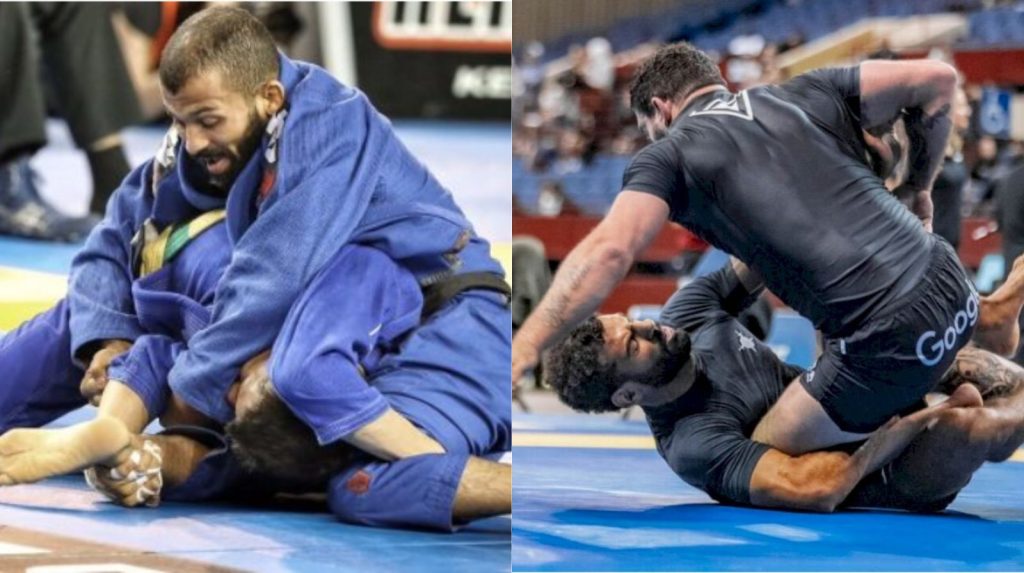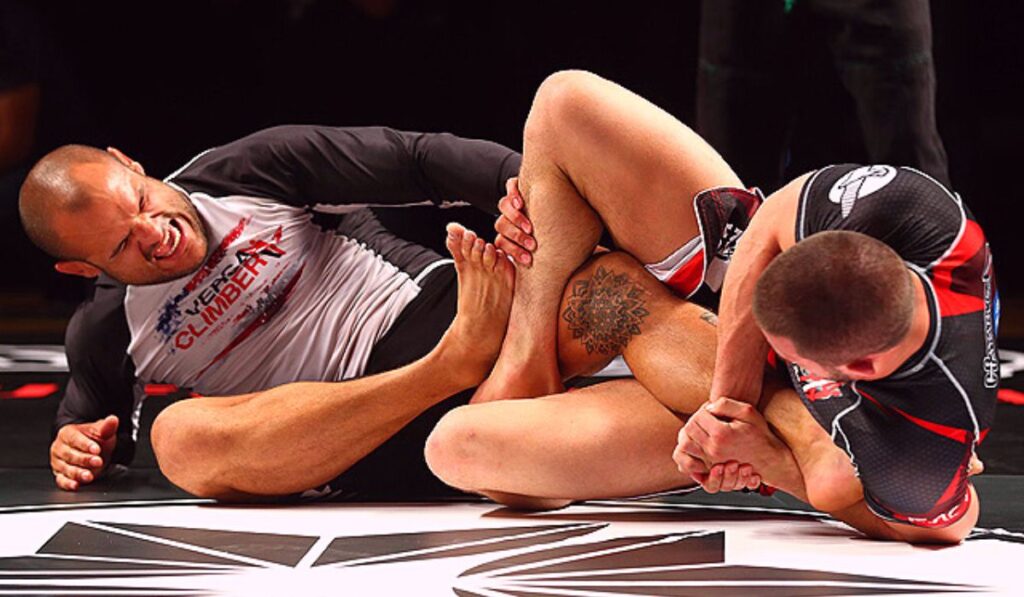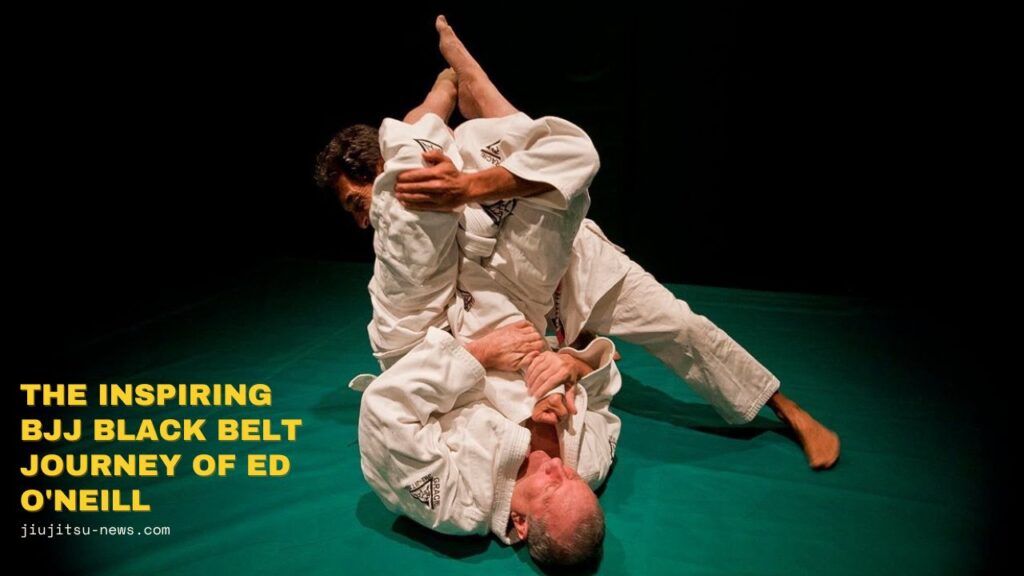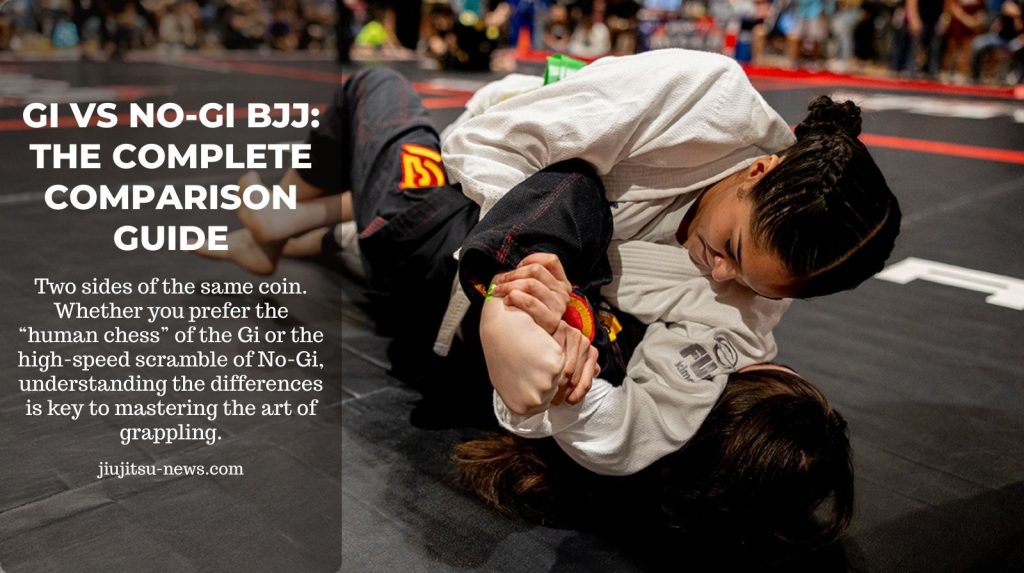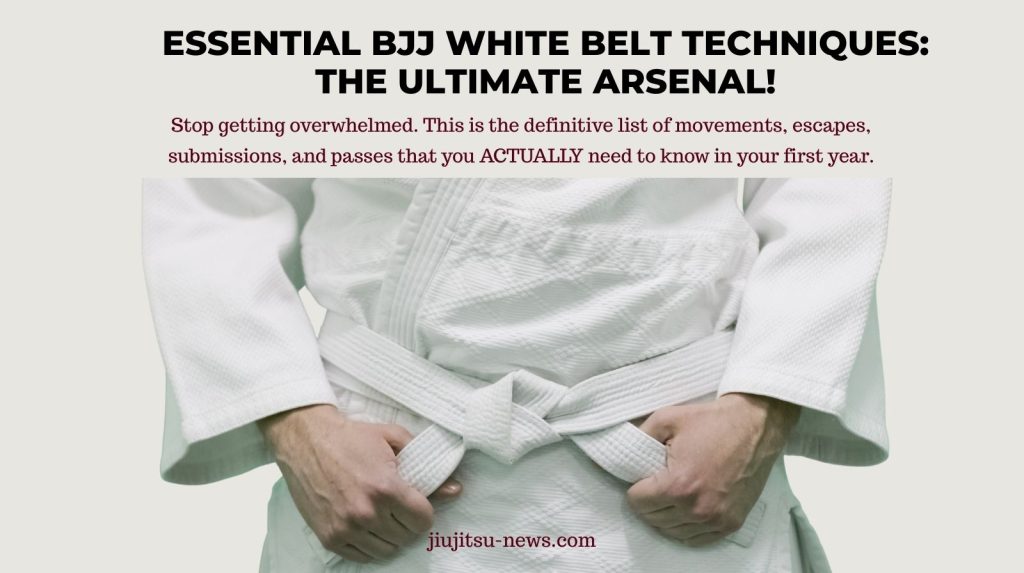You know the official story. A small, frail man named Helio Gracie took an ancient art and refined it in brutal challenge matches. The result? A new combat style where size and strength become irrelevant. It’s a powerful narrative, a cornerstone of the sport’s marketing. However, it’s a story that strategically omits as much as it reveals.
This is a chronological dig into the foundational myths of Brazilian Jiu-Jitsu, uncovering the rivalries, forgotten masters, and inconvenient truths that define the art we practice today.
Lie #1: The Myth of the “Gentle Art”
Our examination begins with the name itself: Jiu-Jitsu, or “the gentle art.” This suggests effortless control, but anyone who’s been crushed by a heavyweight knows it feels anything but gentle.
On paper, “gentle” refers to using leverage over brute force—a gentler philosophy than striking. But the art wasn’t forged in friendly dojos. It was born in Brazil’s “Vale Tudo” arenas, which translates to “anything goes.” These were raw, bloody fights.
The Gracie focus on ground fighting wasn’t a philosophy; it was a pragmatic strategy to survive against boxers and wrestlers when eye-gouges were on the table.
The goal was to break a limb or render an opponent unconscious. Even today, training is a grueling simulation of a fight to the death. The true essence of Jiu-Jitsu, therefore, isn’t gentleness; it is control—the scalable application of violence.
Lie #2: The Myth of the Sole Creators
The second myth is that the Gracie family single-handedly created BJJ. The story goes: Mitsuyo Maeda taught Carlos Gracie, who taught his brother Helio, who adapted it for a smaller person.
But the truth is more complex. Maeda taught numerous students across Brazil, including a man named Luiz França. França developed his own distinct lineage of Jiu-Jitsu, opening his doors to poor communities the Gracies didn’t serve.
França’s most prominent student was Oswaldo Fadda. Fadda believed Jiu-Jitsu was for everyone and became known for his mastery of leg locks—techniques the Gracie school dismissed. In 1955, Fadda issued a public challenge to the Gracie Academy.
Fadda’s team dominated, using the very footlocks Helio had disparaged. Helio later admitted, “There needs to be a Fadda, to show that Jiu-Jitsu is not a privilege of the Gracies.” This monumental event is almost completely absent from the popular history.
There was also Geo Omori, another Japanese master who fought the Gracies to draws, proving he was their equal. The Gracies were brilliant promoters who won the marketing war and got to write the history.
Lie #3: Technique Conquers All
This brings us to the central marketing promise: “Technique Conquers Strength.” Against an untrained person, this is absolutely true.
The lie is that it always works. The moment two people of equal technical skill face each other, the stronger, faster, more athletic person will win. Every time. High-level competition isn’t filled with frail people; it’s dominated by world-class athletes. Technique isn’t a replacement for strength; it’s a force multiplier.
This lie is compounded by the politics of the art. The term “Creonte,” used for a student who leaves their academy, has nothing to do with technique and everything to do with protecting a coach’s business. It’s proof that BJJ is not always the pure meritocracy it claims to be.
Now, before our final lie, what are some of the biggest myths you were told when you started training? Let me know in the comments, and if you find this valuable, subscribe for more content like this.
Lie #4: The Infallibility of the Belt
The BJJ belt is an icon of hierarchy. The fourth lie is that this belt is an infallible, standardized measure of skill.
In reality, the BJJ belt system is one of the most subjective ranking systems in martial arts. There is no universal test. A promotion is based solely on one instructor’s opinion. This creates massive inconsistencies. A blue belt from a competition-focused academy might dominate purple belts from a more casual school.
This subjectivity opens the door to politics. “Sandbagging”—holding a skilled student at a lower belt to dominate competitions—is common. Conversely, quick promotions for celebrities undermine the rank’s value. The belt provides structure, but it is not an objective measure of skill.
Conclusion
Deconstructing these myths doesn’t diminish Jiu-Jitsu. The real history, full of forgotten masters like Oswaldo Fadda and Geo Omori, is richer than the marketing narrative.
The reality—that this is a difficult, demanding physical chess match—is more rewarding than the fantasy of a “gentle art.” Understanding that strength matters encourages a more honest approach to training. Recognizing the subjectivity of belts frees us to focus on personal growth over external validation.
Jiu-Jitsu’s greatest strength isn’t found in its myths. It’s found in the truth. And the truth is what will keep you on the mats.
Upgrade your BJJ & MMA gear with Xmartial. 🥋 Big Savings Inside! Deal 1: 15% Off Storewide → Code: mmajiujitsu15 Deal 2: Buy 4, Get 1 Free → Code: BUY4GET1 Deal 3: Spend $110+ Get $40 Gift → Code: XM110_GIFT Deal 4: Spend $250+ Get $90 Gift → Code: XM250_GIFT 👉 Shop before the deals disappear!

